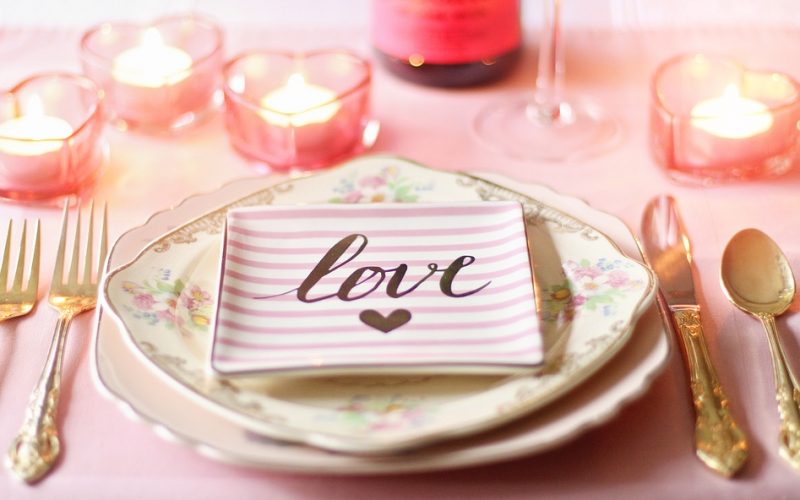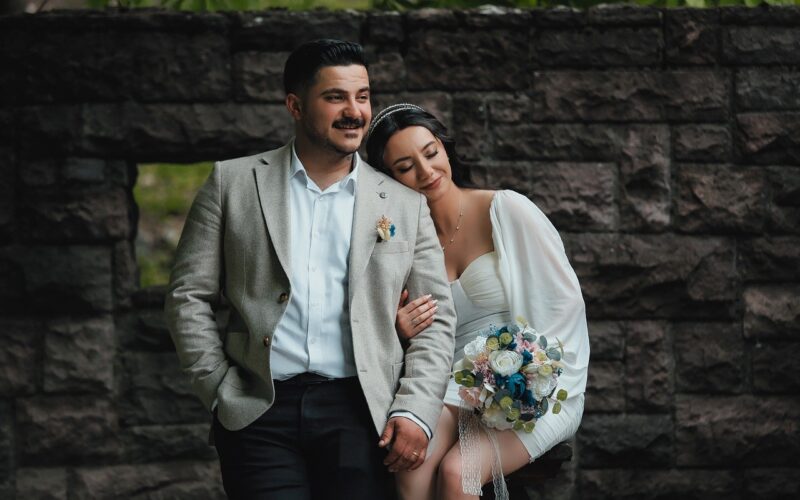Planning a wedding often involves bringing together the dreams and preferences of two individuals, which can sometimes lead to disagreements. However, working through these differences with compromises can ensure that both partners are happy, creating a harmonious and memorable day.
Choosing a photographer
One of the most important decisions you'll make is selecting the wedding photographer. While one partner might prefer a traditional style, the other might lean towards a more contemporary, candid approach. The key to compromising here is to find a photographer who offers a mix of both styles. Many wedding photographers are versatile and can combine posed shots with spontaneous moments, ensuring that both preferences are met. Additionally, discussing and prioritising which moments are most important to each partner can help in making a final decision that satisfies both.
Deciding on the venue
The wedding venue is another critical aspect where compromises might be necessary. If one partner dreams of a grand ballroom and the other prefers a rustic barn, consider venues that offer a blend of both elements. Some locations can provide elegant indoor spaces along with charming outdoor areas, catering to diverse tastes. Alternatively, you could split the day between two venues—having the ceremony in one setting and the reception in another—allowing each partner to experience their ideal environment.
Budget allocation
Budgeting is often a source of tension, but it’s crucial for avoiding unexpected costs. Start by listing out all the essential elements, such as the photographer, venue, catering, and attire. Assign a budget to each of these categories based on their importance to both partners. This way, if one partner values the photographer more while the other prioritises the catering, the budget can reflect these preferences. Regularly reviewing and adjusting the budget together can help in making sure that both partners feel their priorities are respected.
Entertainment options
Entertainment is an area where creativity can lead to exciting compromises. For example, if one partner wants a live band and the other prefers a DJ, why not have both? You could have a live band play during the ceremony and dinner, transitioning to a DJ for the evening dance party. Another innovative option is incorporating a drone light show into your entertainment plan. A drone display is becoming increasingly popular and can provide a unique and memorable experience for guests, blending modern technology with the celebratory atmosphere.
Guest list management
Creating the guest list is often a delicate task. Both partners might have different ideas about how many people to invite and who should make the cut. A practical compromise is setting a specific number of guests each partner can invite independently, with a combined list for mutual friends and family. This approach ensures that both partners feel their social circles are represented while keeping the guest list manageable.
Meal planning
Food is a central part of any celebration, and wedding meal planning requires careful thought, especially if partners have different tastes or dietary needs. To find common ground, you could offer a diverse menu that caters to various preferences and includes dishes that are significant to each partner. Tasting sessions are an excellent opportunity for both partners to explore options together and agree on a menu that will delight all guests.
Compromising when planning a wedding doesn't mean sacrificing personal desires; it’s about finding a balance that reflects both partners' wishes. By working through key decisions together—such as selecting the wedding photographer, deciding on the venue, managing the budget, and choosing entertainment—couples can create a day that is uniquely theirs. Remember, the goal is to celebrate love and unity, and the process of planning should be a testament to that shared commitment. For more personalised advice and tips, consider booking a consultation with a wedding planner to help streamline the process.



















